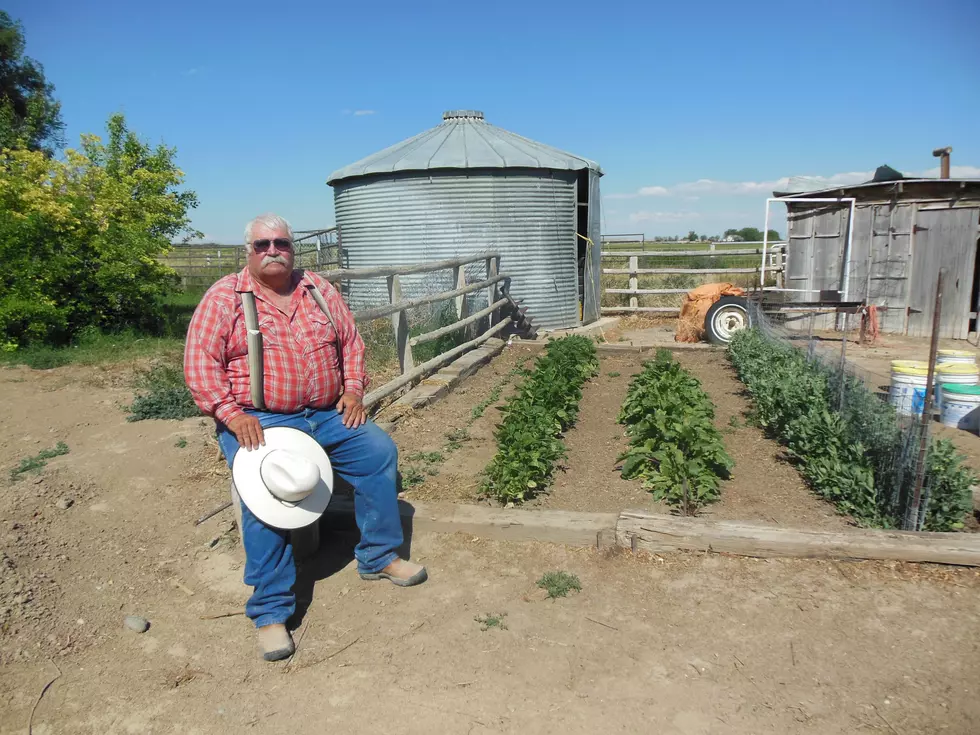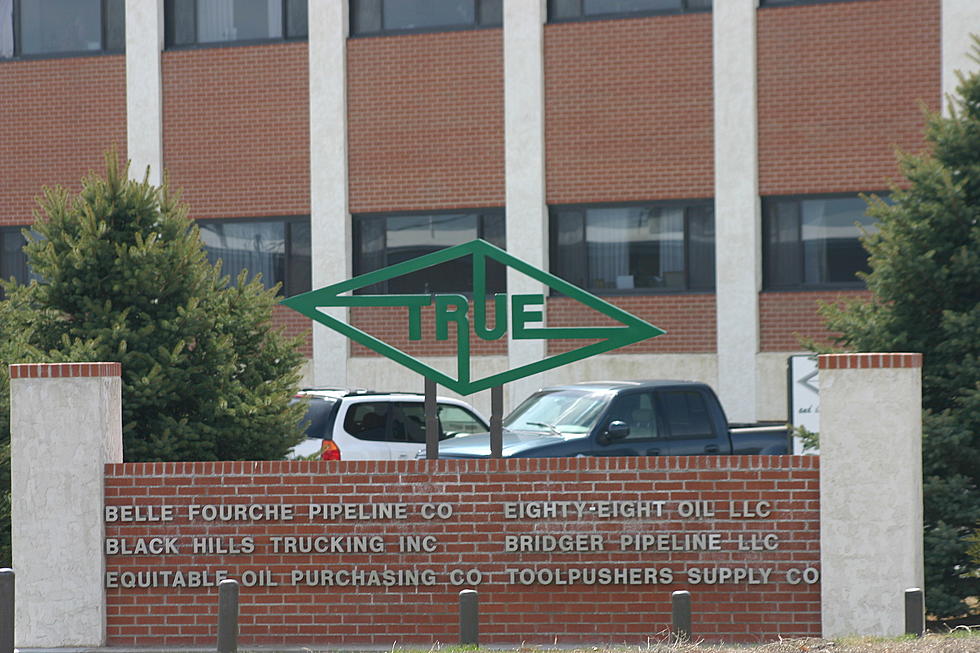
WDEQ: Fracking Had No Effect on Pavillion Water Wells
More than a decade of research has determined that oil and gas development did not pollute water wells near the town of Pavillion, according to a report issued by the Wyoming Department of Environmental Quality on Monday.
"We just have not been able to find [contaminants] in those domestic wells that would be connected to hydraulic fracturing," DEQ spokesman Keith Guille said Monday.
Residents with water wells east of Pavillion began raising concerns about contamination in 2008, Guille said. The U.S. Environmental Protection Agency investigated the concerns and reported in 2011 that hydraulic fracturing -- using high pressured water and chemicals to dislodge minerals -- could be polluting the wells.
The new report, building on prior research, disputes that.
An unpublished report by the DEQ in 2016 did not find unsafe levels of about 20 different contaminants, Guille said, adding that researchers wondered how much lower detection measurements they would need go to find them.
The DEQ sampled water after the irrigation season in 2017 and before the irrigation season in 2018, he said. "That's why it's taken a bit longer; we wanted to collect some more data."
However, the DEQ has worked with the affected Pavillion residents, Guille said. "It's their wells, it's their water quality; they need to know what's there."
It has shared the data about some contaminants such as sulfides and bacteria that are naturally occurring, but they have been decreasing in recent years, he said.
The report said that gas in the upper Wind River Formation has migrated into the sands in the area.
Another problem has been the lack of a base line for comparing water quality, Guille said.
The oil and gas development in the area occurred in the 1950s and 1960s, no water samples were taken before that, so there's no way to compare the original water quality with current water quality, he said.
The Wyoming Oil and Gas Conservation Commission now requires taking pre-development water samples, Guille said.
The DEQ also gave advice about how to treat their wells and have good water quality, Guille said.
In 2013, the state appropriated about $1 million for residents in the area to install cisterns, he added.
The state isn't finished, either, according to the recommendations from the report, Guille said.
"There is additional investigation work that is happening from the Oil and Gas Conservation Commission on these old pits from the oil and gas development, so it's like production water or whatnot they'd pour into these pits," he said.
The DEQ is reclaiming those pits, he added.

More From K2 Radio









